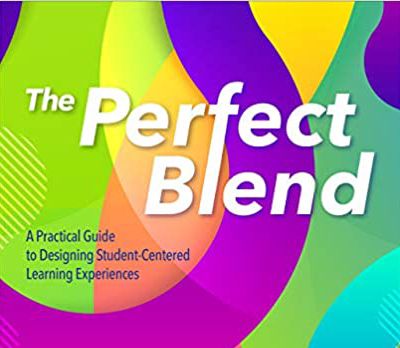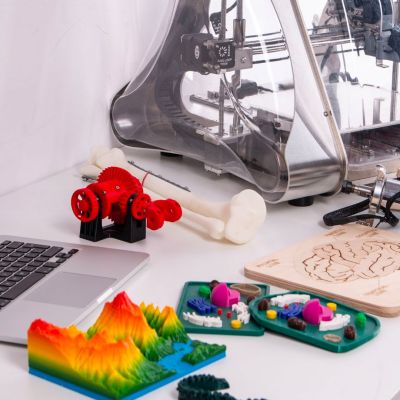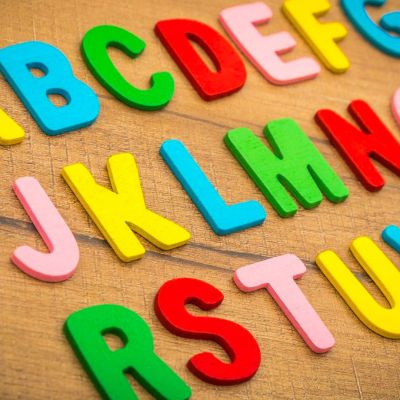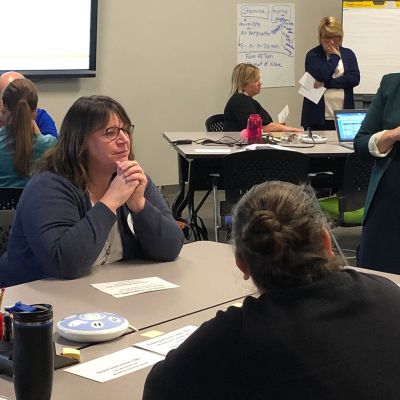Blog
STEM education elicits different images depending on the background of the individuals surveyed. The majority of educators can identify that STEM stands for Science, Technology, Engineering, and Mathematics. Unfortunately, many educators do not see themselves as STEM educators if their teaching assignment does not fall within one of these categories.
With the absolute best of intentions, we have accidentally turned to a surface-building strategy to encourage our students to write something—anything!—in response to their reading. According to their research surrounding the most impactful literacy strategies, Doug Fisher and Nancy Frey reveal that mnemonic devices (aka acronyms) help students to consolidate surface understandings of material.
When you walk into a teacher’s physical classroom, it’s brimming with personality. From posters of a favorite college or sports team to colorful displays of student work, you can tell a lot about the teacher just by walking into the room.
One of the most commonly asked questions I get from districts, leaders, and especially teachers is as simple as it is complex: How do we get our students to improve their short answer response?
As educators, we hear and learn all types of instructional strategies to support student learning. Something we may not be aware of is how these strategies align with the various phases of learning. Visible Learning research has introduced three phases of learning: Surface, Deep and Transfer.
If there’s one overarching request from teachers, it’s the plea for more clarity. Specifically, they are desperate for building and district leaders to communicate vital information and initiative implementation.
One of the most misunderstood words in our educational vocabulary is scaffolding. What does it mean to scaffold for a student? Does it mean I should give him or her less? Should I break it down for the student into tiny pieces? The answer to both of those questions is, NO!










